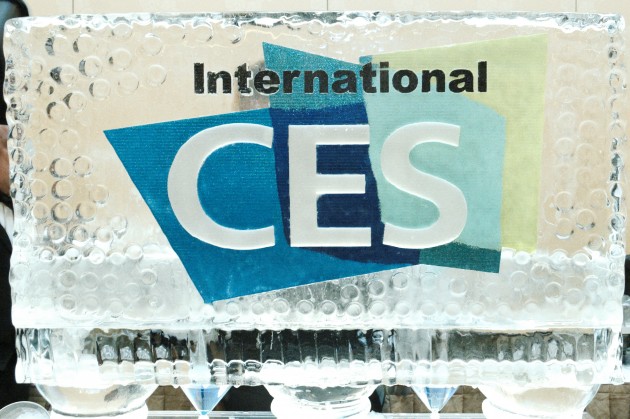CES 2012 has come and gone, and our intrepid band of reporters scoured the floors and suites, casinos and booths to find the best things that would truly be interesting to the Icrontic community. Here’s what we came up with.
AMD Trinity
The next generation APU (codenamed Trinity) will be available later this year, and will use up to four Piledriver (next generation of Bulldozer) cores. It’s more powerful and uses less power than the current generation A-series processors. In fact we’ve seen it handling games, transcoding video, and playing back HD YouTube video all at the same time—on a laptop. If you’re not impressed, you probably don’t understand what was going on. Intel’s Sandy Bridge graphics engine can’t handle two of the three activities effectively, and there are serious questions remaining as to whether Ivy Bridge can handle gaming (Intel’s Mooly Eden infamously use pre-recorded video and pretended to play the game).
AfterShokz
AfterShokz uses bone conduction to put sound in your head, leaving your ears free to process other things like oncoming cars or conversations. They are comfortable, sound good, and are a great idea for outdoor exercise. The full review is here.
EverTune
Imagine tuning your guitar off stage only to find that the heat from stage lighting has caused it to go out of tune. EverTune fixes this problem with voodoo simple mechanics. It replaces the standard bridge on a guitar and uses gnomes springs to hold constant tension on the strings preventing detuning due to temperature, bending, or even neighboring string breakage. I watched a pro pick his guitar up and bounce it around by the strings for several seconds, then go right into playing a song. The guitar never went out of tune. It’s definitely a good thing to have if you play guitar.
Liquipel
Liquipel was one of the products demonstrated at the CES Startup Debut event. For less than the cost of an insurance replacement (plus a few agonizing days without your phone), your trusty cell phone can become virtually immune to accidental plunges into liquid. How? While your phone is away, it gets coated with nanoparticles in a vacuum chamber. Once this is done, the phone can be fully immersed to a depth of about three feet without sustaining damage. Of course the service isn’t limited to cell phones—tissues can also be coated with the same results, although the practical applications of such a scenario are probably pretty limited.
ROCCAT
ROCCAT is a European peripheral manufacturer making its US debut in February. Based on our meeting with them and the hands-on demonstration of the launch lineup at CES, they look set to be a major player. The hardware looked and felt great, and the drivers were simply amazing. Most (if not all) of their launch products will arrive in the hands of a few members of the review team in the coming weeks.
NVIDIA Tegra 3
Tegra 3, running in their showcase device (The ASUS Transformer Prime), is a stunning little chip. We saw demos running high-def 3D gaming that looked as good as any handheld gaming system at a much larger size, we saw demos of real-time high-res photo editing, we saw insane smooth Android performance, and more. Tegra 3 is a tremendously powerful mobile processor and devices that will contain it are going to raise the bar of what people expect to be able to do on mobile. The writing is on the wall for desktop computing, and it sort of looks like “Tegra”.
CloudFTP
We said it before the show, and we’ll say it again now that we’ve seen it: CloudFTP is awesome. It turns any USB device into a cloud file-transfer agent. Works as advertised; what more can you ask for?
OCZ SANRAD
Right before the show, OCZ bought SANRAD and flew some of the harried creators out to Vegas to show off their insanely fast SSD caching setup for enterprise VM servers. Their hypervisor was pushing 500mb/s running eight VMs, using their proprietary caching algorithm and some off-the-shelf OCZ Z-drives. If that’s Greek to you, just understand this: the speed blows most other VM solutions out of the water, using less hardware and less space.
CES 2012 wasn’t a mindblowing experience; we didn’t see anything that is going to change the industry overnight, but we did see a lot of promising incremental improvements to technologies we know, love, and have come to rely on. 2012 could best be called “the Year of Refinement” as far as technology is concerned.






 Articles RSS
Articles RSS